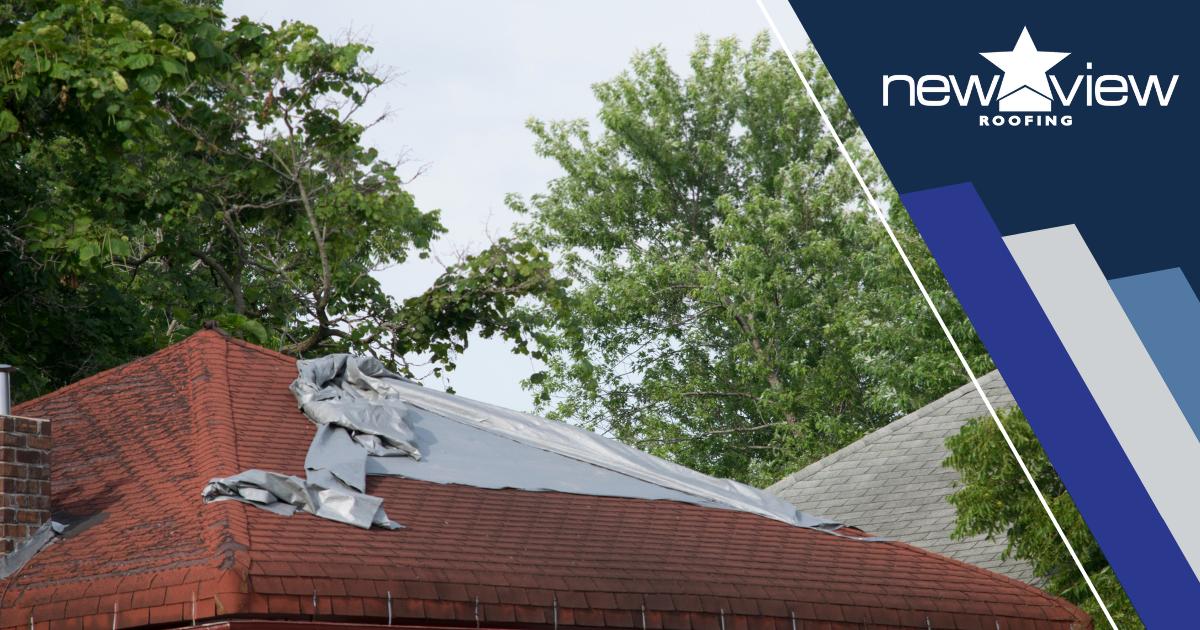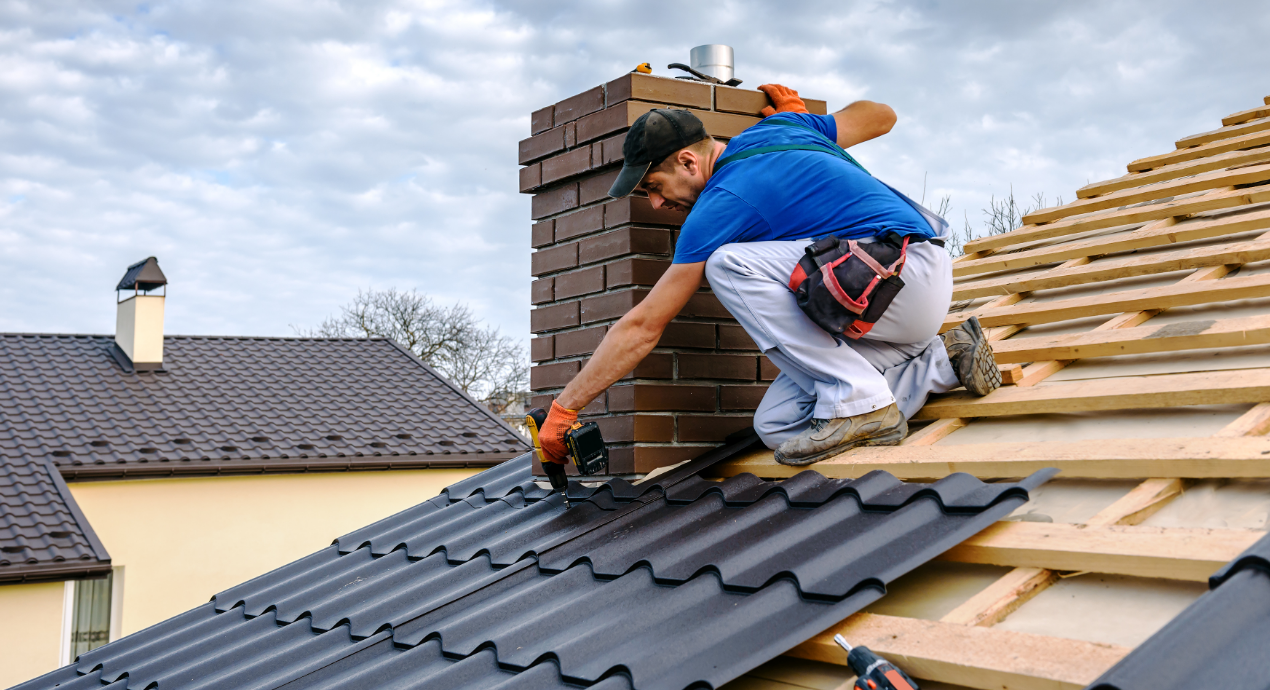Roofing Companies Oahu: Premier Roofers for All Roofing Projects
Wiki Article
Recognizing the Different Kinds of Roofs: A Comprehensive Overview for Homeowners
With an array of options-- varying from the standard gable to the contemporary level-- each type offers one-of-a-kind advantages and difficulties that need to align with the property owner's specific requirements and environmental factors to consider. As we check out the details of different roof covering types, it comes to be noticeable that one dimension does not fit all; the right choice might surprise you.Saddleback Roof
Gable roof coverings, defined by their triangular shape, are amongst one of the most preferred roof covering designs due to their simpleness and efficiency in dropping water and snow. This style includes 2 sloping sides that fulfill at a ridge, allowing for efficient water drainage and reducing the risk of water buildup. The steep pitch commonly connected with gable roofs improves their capability to deal with hefty rainfall, making them suitable for different climates.In enhancement to their functional benefits, saddleback roofs provide aesthetic adaptability. They can be adjusted to different building styles, from standard to modern-day homes. The design can also fit extra attributes such as dormer windows, which enhance natural light and air flow in the attic room area.
Additionally, gable roofing systems offer enough space for insulation, adding to energy effectiveness. Home owners can select from a range of roof materials, including asphalt tiles, steel, and ceramic tiles, even more improving modification choices.
Despite their benefits, gable roofings might require extra assistance in locations prone to high winds or hefty snowfall. On the whole, the saddleback roof stays a favored selection as a result of its blend of functionality, durability, and visual allure.
Apartment Roofs
Flat roofs are commonly acknowledged for their minimal layout and practical applications, especially in commercial and industrial settings (oahu roofing). These roofs include a nearly horizontal or horizontal surface, which permits very easy building and functional space use. While they may lack the visual allure of angled roofs, level roofings offer various benefits, specifically in urban atmospheres where maximizing room is vitalOne of the primary advantages of flat roofing systems is their accessibility. Property owners can use the roof covering space for different functions, such as rooftop yards, terraces, or photovoltaic panel installations. In addition, flat roofings are normally extra affordable to maintain and mount compared to their sloped equivalents, as they need fewer materials and labor.
Common products used for flat roofs consist of built-up roof covering (BUR), customized asphalt, and single-ply membranes, each offering unique benefits. Generally, level roofs offer as a useful and adaptable selection for lots of homeowners and companies alike.
Hip Roofings
Hip roofs are defined by their sloped sides that converge on top, creating a ridge. This style stands out from gable roofings, as all four sides of a hip roofing incline downwards towards the walls, providing an extra secure framework. The angle of the inclines can differ, permitting for convenience in building appearances and capability.One of the primary benefits of hip roofs is their ability to withstand hefty winds and adverse weather. The sloped surfaces allow company website much better water drainage, lowering the risk of leakages and water damage. Furthermore, hip roof coverings supply raised attic room area, which can be utilized for storage space view website or also exchanged livable areas.
However, constructing a hip roofing system can be much more complex and costly than simpler roof kinds, such as saddleback roofs. The extra material and labor entailed in creating the inclines and making sure proper structural integrity can result in higher costs. Despite these downsides, many homeowners favor hip roofings for their longevity, visual appeal, and possibility for energy effectiveness.
Mansard Roofing Systems
Mansard roofings, typically identified by their unique four-sided design, function two slopes on each side, with the lower slope being steeper than the upper. This building design, originating from France in the 17th century, is not just visually enticing yet functional, as it makes the most of the useful room in the top floorings of a building. The high reduced slope enables more headroom, making it a suitable option for attic rooms or loft spaces, which can be exchanged living areas.Mansard roofing systems are identified by their flexibility, suiting various architectural styles, from standard to modern-day. They can be created with different products, including asphalt roof shingles, slate, or metal, offering property owners with a variety of choices to fit their choices and budgets. Additionally, the layout allows for the combination of dormer windows, enhancing natural light and ventilation in the upper levels.
Nevertheless, it is necessary to think about the potential drawbacks. Mansard roofings might require more upkeep because of the complexity of their layout, and their steep inclines can be testing for snow and rainfall overflow. On the whole, mansard roofing systems combine style with practicality, making them a popular choice among home owners seeking distinctive architectural attributes.
Lost Roofing Systems
As property owners progressively look for simplicity and performance in their building designs, dropped roofing systems have actually arised as a prominent selection. Characterized by a solitary sloping plane, a shed roof provides a minimal visual that enhances different home styles, from modern to see post rustic.Among the primary benefits of a shed roofing is its simple building, which commonly converts to lower labor and product costs. This style enables reliable water drainage, reducing the threat of leakages and water damage. In addition, the upright slope supplies enough room for skylights, enhancing natural light within the interior.
Shed roofing systems additionally use versatility in regards to use. They can be successfully integrated into additions, garages, or outside structures like sheds and structures. Furthermore, this roof design can accommodate various roofing materials, including steel, asphalt roof shingles, or even green roofings, lining up with environment-friendly initiatives.
Nonetheless, it is necessary to consider local environment problems, as heavy snow loads may require modifications to the roof covering's angle or structure. On the whole, lost roofs present a sensible and visually pleasing alternative for home owners wanting to make best use of performance without compromising design.
Final Thought


Gable roofs, identified by their triangular form, are amongst the most prominent roofing designs due to their simpleness and performance in losing water and snow. oahu roofing. The steep pitch generally associated with gable roofs boosts their capacity to manage hefty precipitation, making them appropriate for various climates
While they may lack the aesthetic allure of pitched roof coverings, flat roofing systems use numerous benefits, especially in urban atmospheres where optimizing space is critical.

Report this wiki page